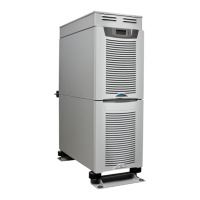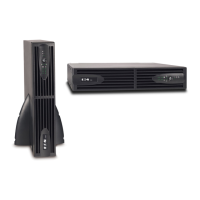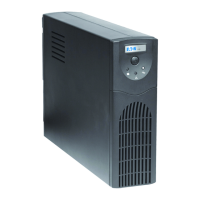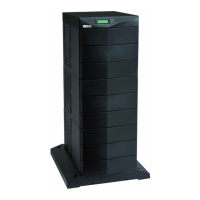P-164000477 9395P750 kVA / 900 kVA and 1000 kVA / 1100 kVA 7
Revision 002 User’s and Installation Guide
In particular, be thoroughly familiar with the REPO procedure (see Section “Using the Remote
Emergency Power-off Switch” on page 136).
The information in this manual is divided into sections and chapters. The system, options, and
accessories being installed dictate which parts of this manual should be read. At a minimum, Chapters
1 through 4 and Chapter 7 should be examined.
Read through each procedure before beginning the procedure. Perform only those procedures that
apply to the UPS system being installed or operated.
1.6 Conventions used in this manual
This manual uses these type conventions:
• Bold type highlights important concepts in discussions, key terms in procedures, and menu
options, or represents a command or option that you type or enter at a prompt.
• Italic type highlights notes and new terms where they are defined.
• Screen type represents information that appears on the screen or LCD.
In this manual, the term UPS refers only to the UPS cabinet and its internal elements.
The term UPS system refers to the entire power protection system – the UPS cabinet, the battery
cabinet, and options or accessories installed.
1.7 Symbols, controls, and indicators
The following are examples of symbols used on the UPS or accessories to alert you to important
information:
Icon Description
Information notes call attention to important features or instructions.
[Keys] Brackets are used when referring to a specific key, such as [Enter] or [Ctrl].
RISK OF ELECTRIC SHOCK - Indicates that a risk of electric shock is present and the associated warning
should be observed.
CAUTION: REFER TO OPERATOR’S MANUAL - Refer to your operator’s manual for additional information,
such as important operating and maintenance instructions.
This symbol indicates that you should not discard the UPS or the UPS batteries in the trash. This product
involves sealed, lead-acid batteries and must be disposed of properly. For more information, contact your
local recycling/reuse or hazardous waste center.

